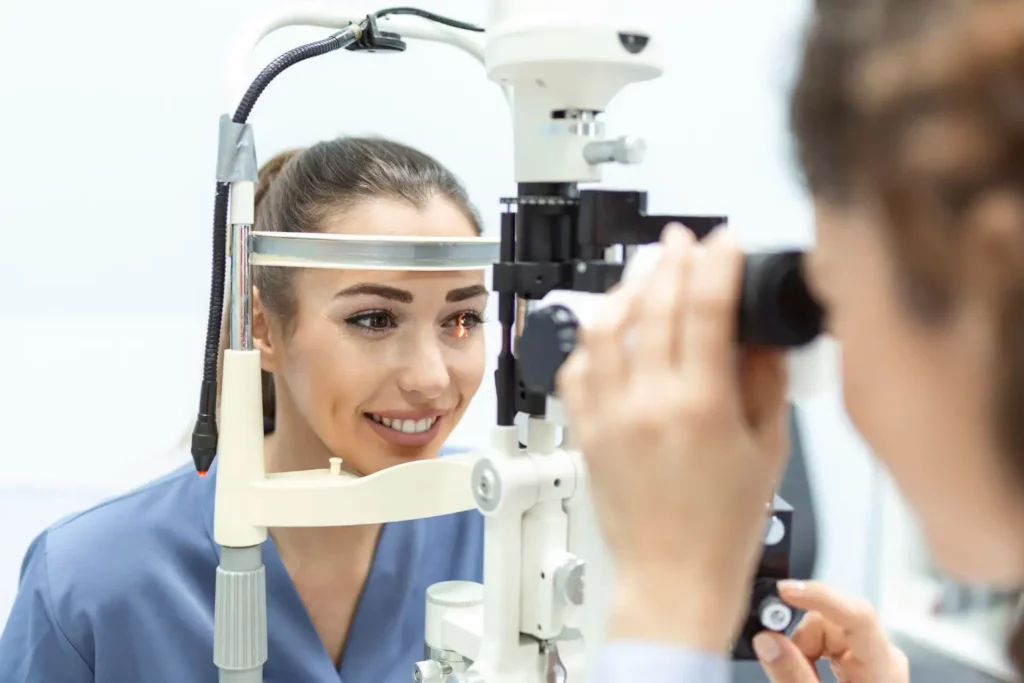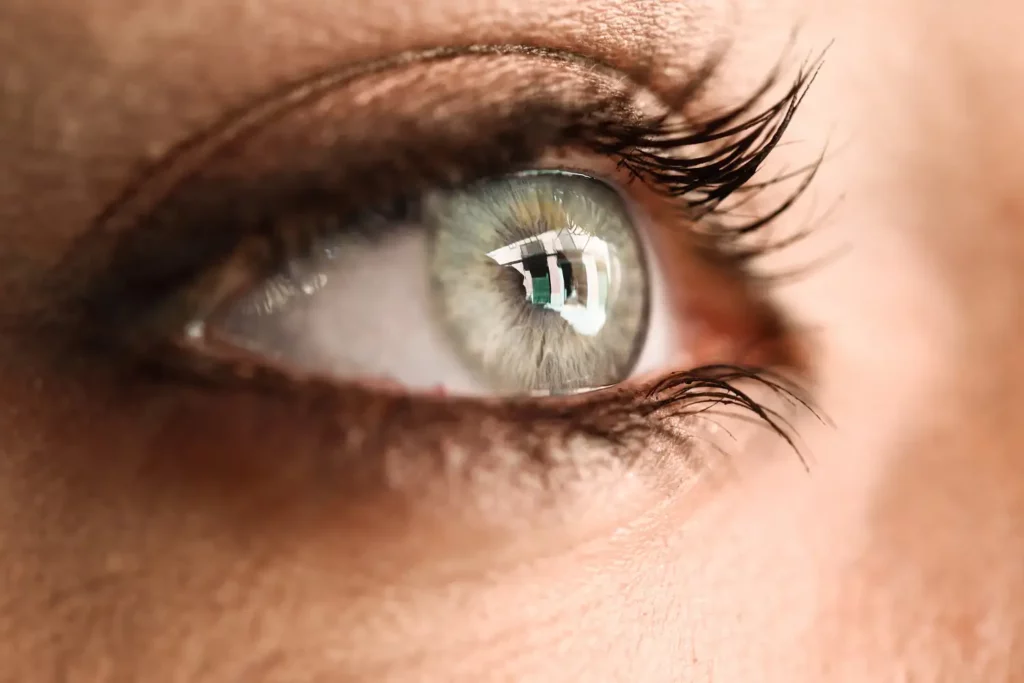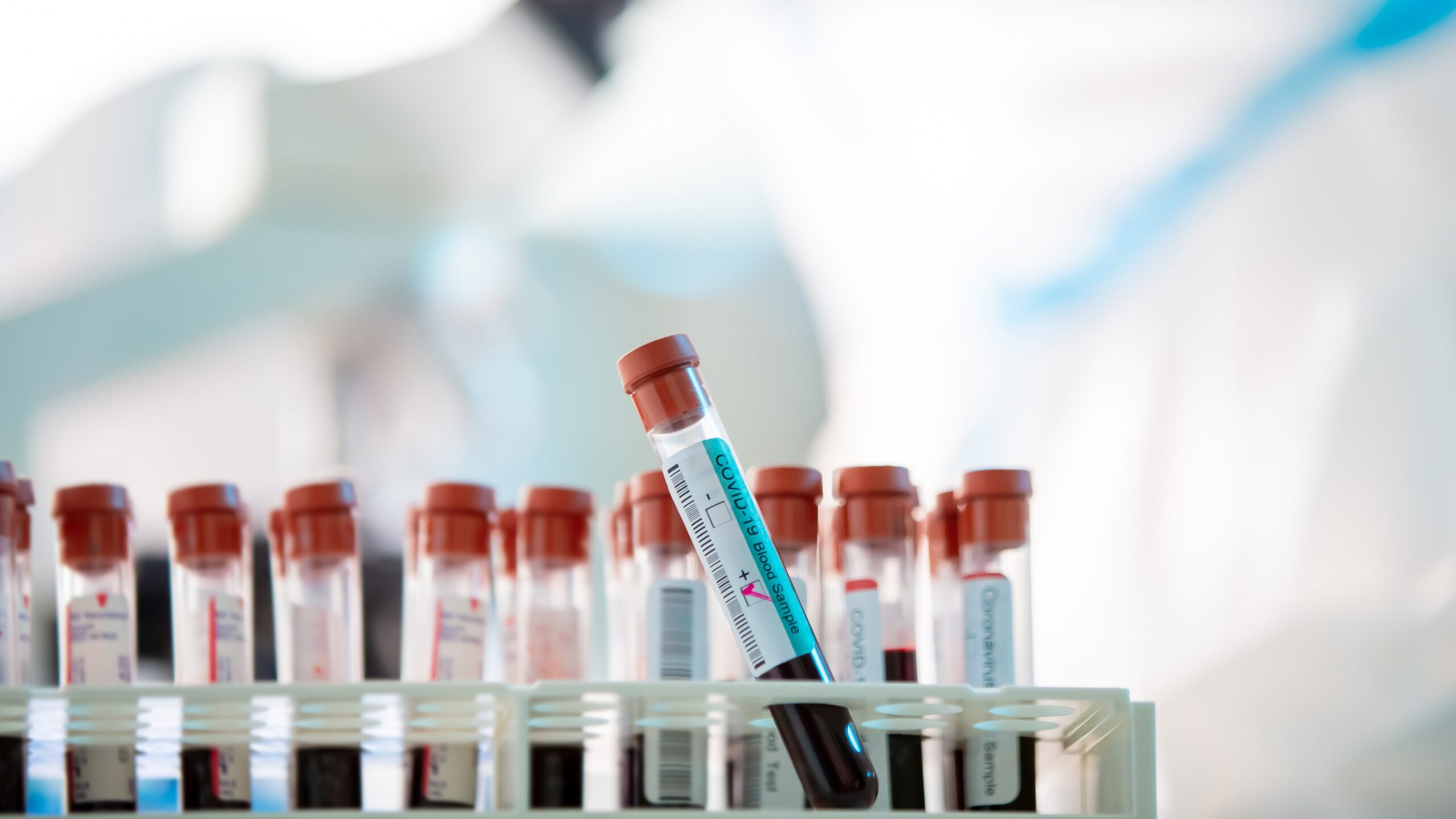Why Annual Eye Exams Matter
For many of us, our first eye exam took place in school — either during routine screenings or because we needed glasses. Eye health begins much earlier — children can have their first exam as early as 6 months old.
Eye exams are more than just a routine; they’re a vital part of protecting your overall health. Even the smallest change in vision can affect your daily life — from how clearly you see the world, to your safety, confidence, and independence.
Beyond detecting serious conditions such as diabetic retinopathy, glaucoma, and macular degeneration, annual exams also help uncover everyday issues that could impact your well-being:
- Falls and accidents — Healthy eyesight is essential for balance and safety.
- Allergies — Eye exams can help identify allergic reactions and guide you toward relief.
- Children’s learning — Undiagnosed vision issues can contribute to academic and developmental struggles.

Different Ways to Look at Your Eyes
Most of us remember the classic eye chart, reading from the biggest to the tiniest letters. That’s called a Visual Acuity Test, and while it’s important, it’s just the beginning.
As we age, relying only on vision tests is not enough. Annual eye exams give doctors the chance to detect issues early — not only vision problems, but long-term eye health concerns. They are about protecting your sight for a lifetime, not just checking if you need glasses.
What to Expect at Your Annual Eye Exam
Here are the common tests you may experience during your check-up:
- Visual Acuity Test — Measures how clearly you can see at different distances (using the Snellen chart).
- Refraction Test — Determines your need for glasses or contacts by studying how light bends in your eye (often using a phoropter).
- Color Blindness Test — This exam uses multicolored circles with numbers or letters to detect color vision issues. Many of us first took it in school, but if you’d like to check again, you can try a simple online – https://enchroma.com/pages/color-blindness-test
- Peripheral Vision Test — Checks your side vision and identifies blind spots.
- Ocular Motility & Focusing Test — Evaluates how well your eyes move, focus, and work together.
- Eye Alignment (Cover Test) — Detects misalignments such as strabismus.
- Depth Perception (Stereopsis Test) — Measures your ability to judge distance.
Eye Health Tests
Beyond vision, your eye doctor will also check the overall health of your eyes:
- Slit-Lamp Examination — A detailed look at the cornea, iris, and lens; often used to check for diabetic retinopathy.
- Tonometry — Measures eye pressure to screen for glaucoma.
- Ophthalmoscopy — With dilated pupils, examines the retina, optic nerve, and blood vessels.
- Corneal Topography — Maps the surface of the cornea to diagnose astigmatism.
- Fluorescein Angiography — Uses a special dye to highlight blood vessels in the retina.
- Optical Coherence Tomography (OCT) — Uses lasers to detect fluid build-up and measure retinal thickness.
By knowing what to expect, sharing any concerns with your eye doctor, and making eye exams a yearly routine, you ensure that your vision—and your overall eye health—remain a top priority.

How MeaeCare Supports Your Eye Health
At MeaeCare, we take eye care a step further with Retinal Screening powered by AI-driven technology. Using advanced portable imaging, our screenings are reviewed by licensed eye care experts for a swift, non-invasive analysis of potential signs of retinopathy.
This innovation not only helps close HEDIS gaps efficiently but also delivers prompt, accurate results—right from the comfort of your home. Learn more about our approach here: MeaeCare Solutions.
Your eyesight is precious. Protect it with regular care. Annual eye exams aren’t just about today’s vision — they’re about ensuring you can see clearly and confidently for all the years ahead.


